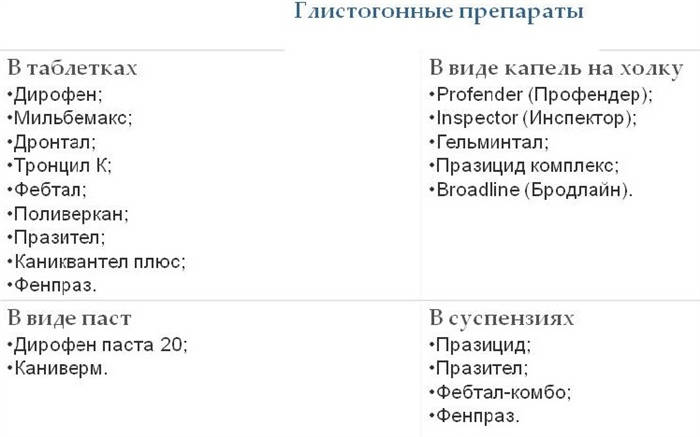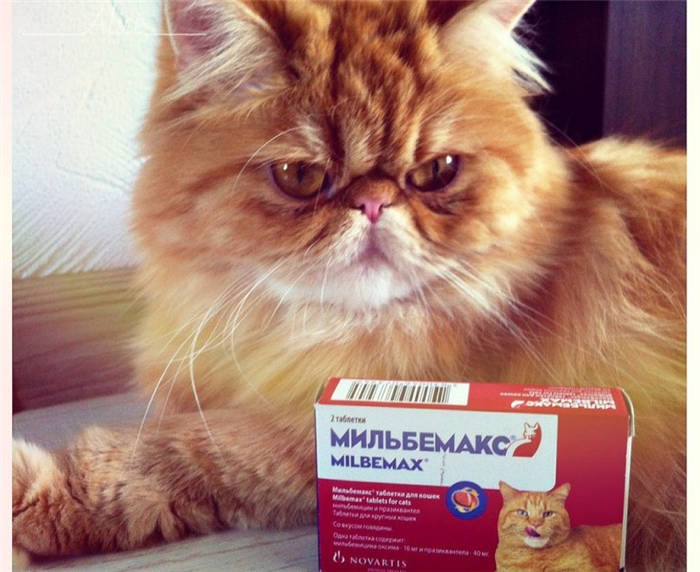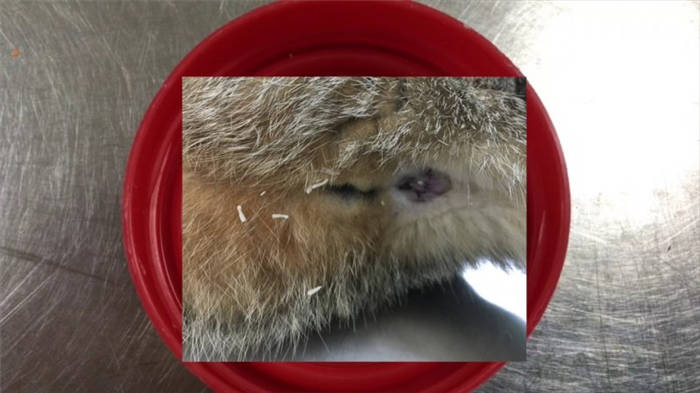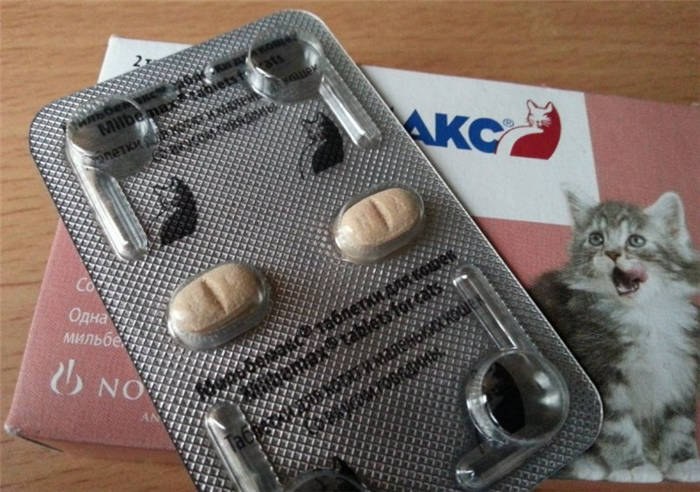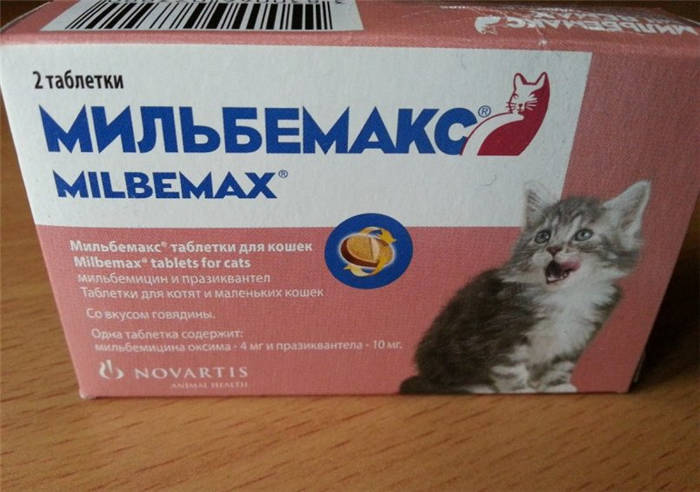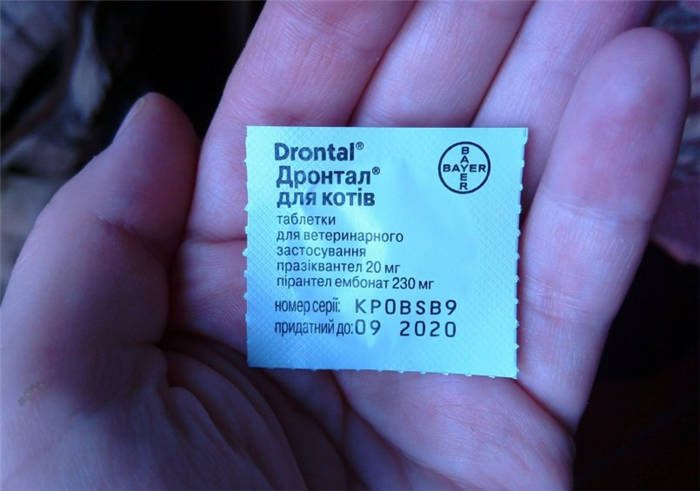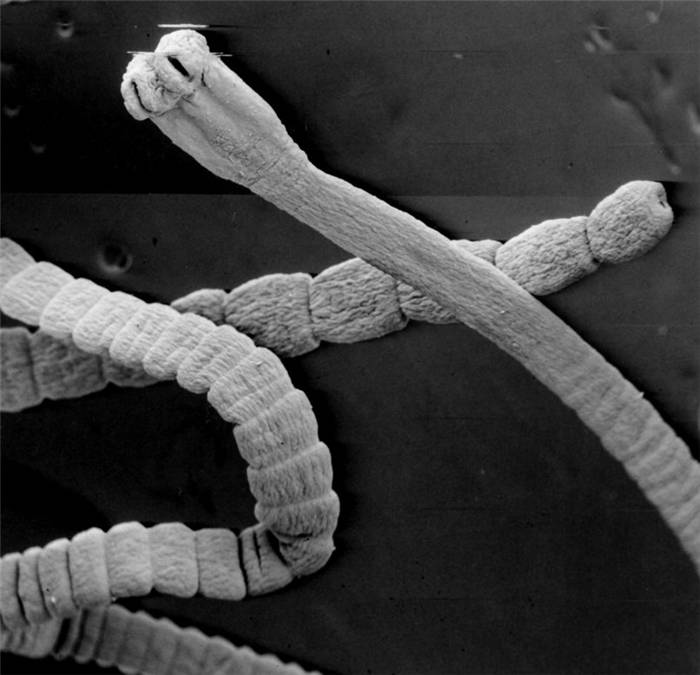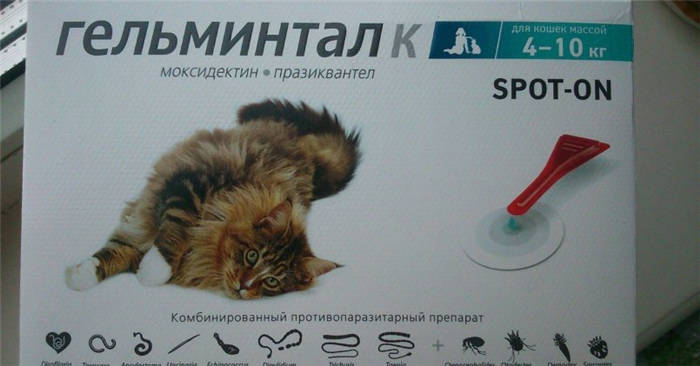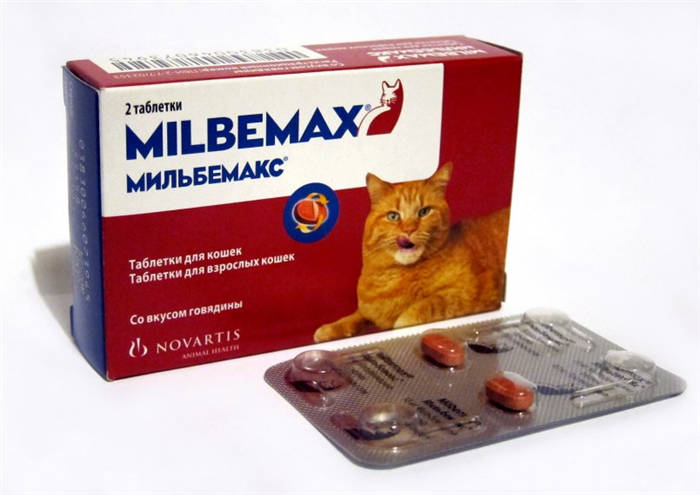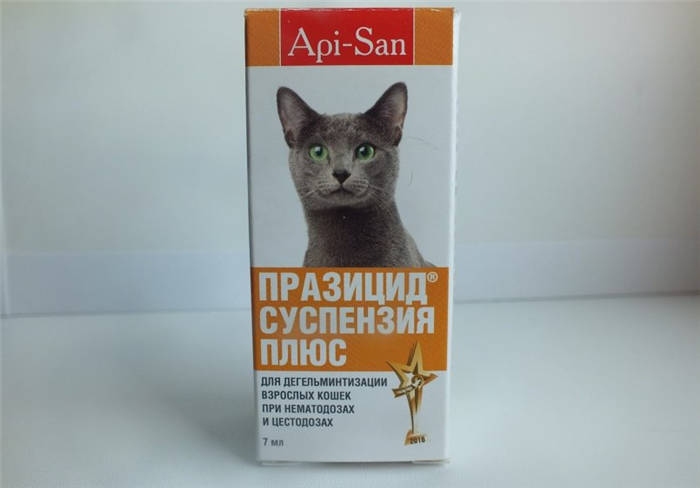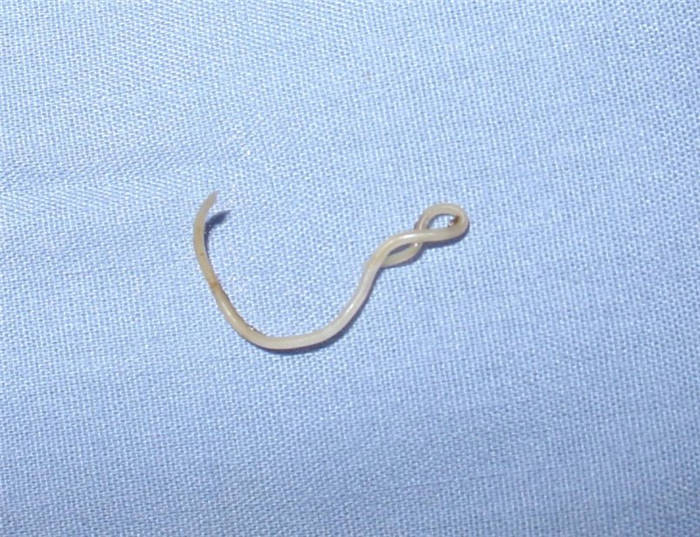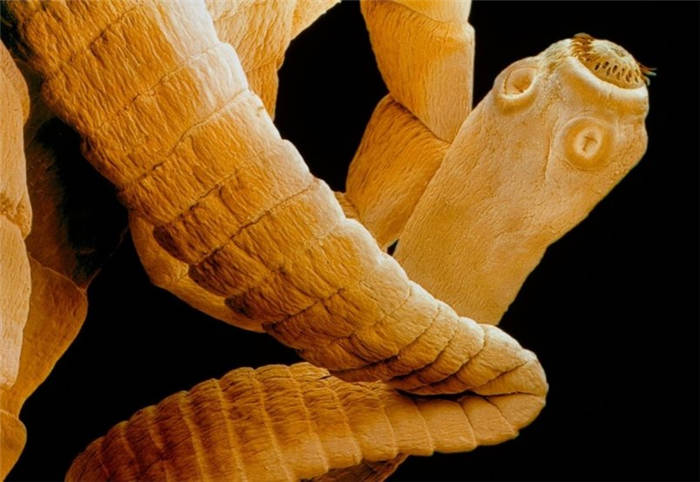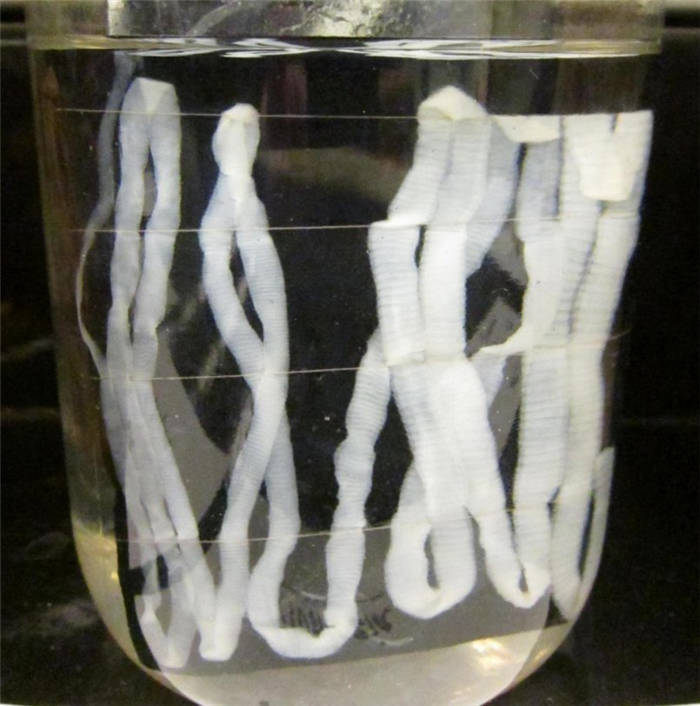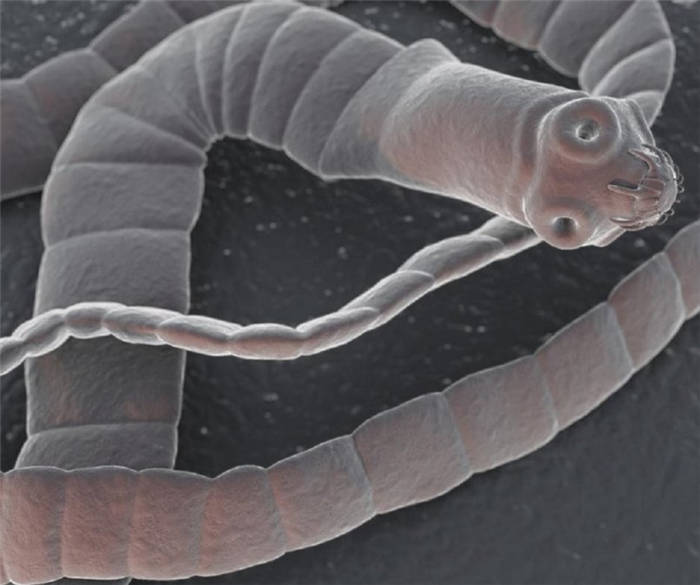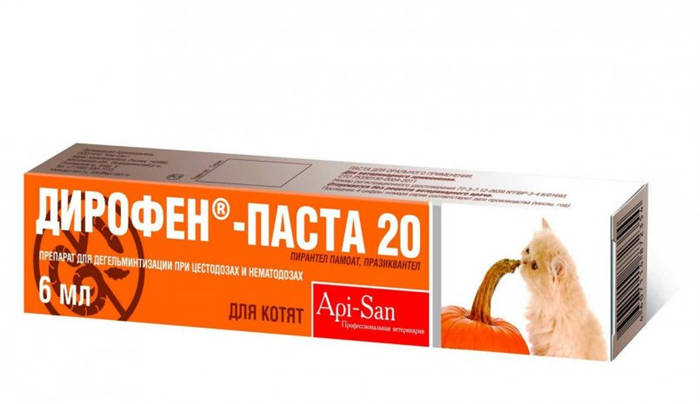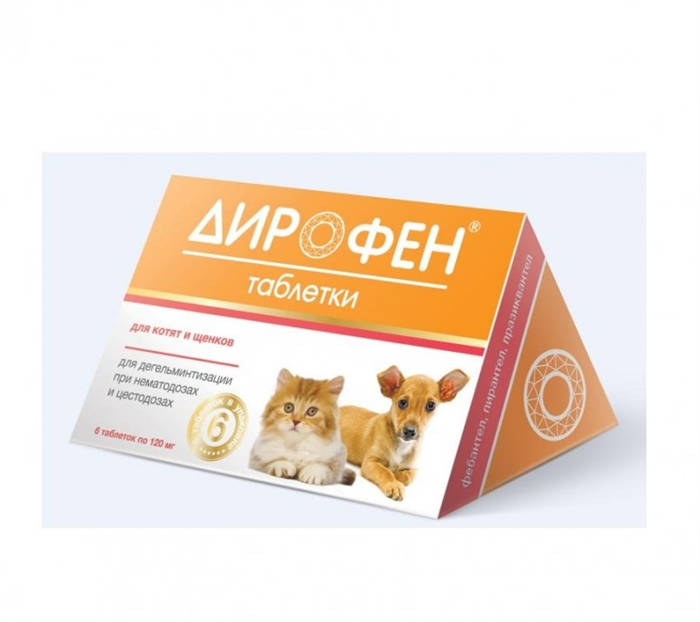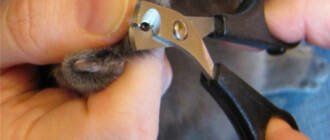By determining the type of parasites, you will be able to understand what to treat your cat with and be sure of your own diagnosis when the parasites come out after medication.
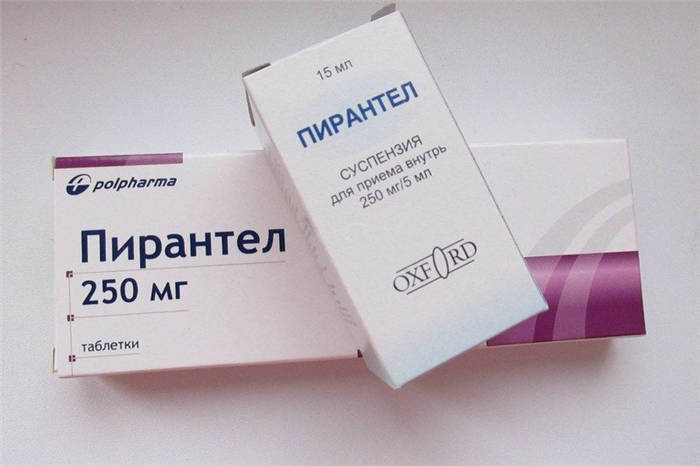
- Worms (helminthiasis) in cats and kittens
- Basic types
- Roundworms (nematodes)
- Tapeworms (cestodes)
- What worms look like in the feces (photo)
- Worm eggs
- How to get rid of worms
- Exit of parasites with feces
- Video on the use of antihelmintic preparations
- What to do if worms or their eggs are found in cat feces?
- Treatment and prevention of worms
- Diagnosis of helminth infections in the veterinary clinic
- Treatment of the pet
- Veterinary prescription medications, an overview of the most popular
- In what cases can you see worms in a cat?
- How to treat worms in a cat
- What to treat worms in cats?
- Folk remedies and prevention
- How to prevent the cat from getting infected?
- Pictures of worms in cats
Worms (helminthiasis) in cats and kittens
Helminthiasis is a condition in which there is an infection with parasitic worms that take up residence in the body of mammals. If worms are detected, it is imperative to get rid of them, as they affect the overall health of the pet. A consultation with the veterinarian is required, as not all cases can be completely eliminated and solve the problem on their own.
In the environment: on asphalt, grass, earth, sand there is a large number of helminths, their larvae and eggs. In this regard, they can infect not only cats walking on the street, but also domestic – the owner can bring them on shoes or clothes.
In addition, there are risk factors that increase the possibility of worm infestation by:
- Contact with infected animals;
- eating raw fish or meat;
- drinking tap water;
- presence of fleas and lice;
- intrauterine transmission to kittens if a pregnant cat has worms;
- Contact with objects contaminated with helminth eggs or larvae. For example, with street shoes or clothing of the owners, children's sandbox molds, etc.
We recommend reading the article about avitaminosis in cats and cats, with a deficit of nutrients the body of the animal can attack helminthes.
Basic types
There are several classifications of helminths according to their size, shape, method of feeding and reproduction, the way they enter the body of the animal.
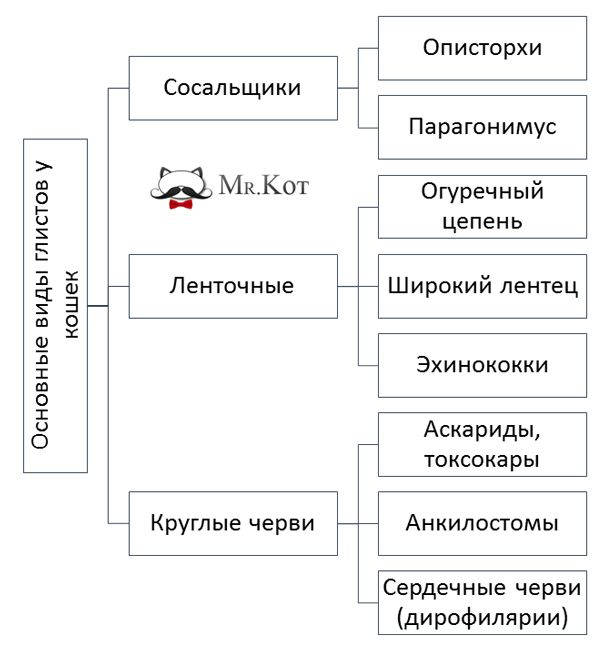
Roundworms (nematodes)
- Ascarids, toxocars – most often are the cause of helminth infections in pets. Their eggs end up in the animal's body with feces, dust, soil, water. In the small intestine they enter the larval stage, which penetrates the bloodstream and spreads throughout the body with the blood stream. In the lungs, the worm matures and is released into the environment with the sputum. But the animal may swallow some of the ascarids or toxocars and the cycle repeats. Helminths vary in length from 3 to 10 cm.
- Ankylostomes – enter the body through the skin of the pet and settle in the intestines. They are about 2 mm long.
- Heartworms (dirofilariae) – carriers are infected mosquitoes that transmit larvae to the cat's body when bitten. They live in many organs: liver, heart, lungs, intestines, muscles, etc.
Tapeworms (cestodes)
All representatives have the same route of transmission (larvae) and place of parasitization (intestines). The eggs of these worms are not dangerous because maturation to larvae occurs in an intermediate host, which cats are not. Because of the hooks it attaches firmly to the intestinal walls.
- Cucumber chain is 10-70 cm long. The worm has a head and consists of individual segments that periodically break off and are excreted in the feces into the environment. The eggs contained in them enter the body of the fleas, where they mature into the larval stage. Even then, the helminth penetrates the body of the main host – the cat, when the insect is swallowed.
- Broad tapeworm is similar to cucumber chain, but the difference lies in the intermediate host, which is freshwater crayfish. Consumption of raw water and fish is what infects the pet.
- Echinococcus and alveococcus. The helminth is up to 4 mm long and the source of infection is rodents and rabbits. The danger is that they undergo a complete cycle of development in the cat's body and settle in many organs. Adults live in the intestines, while larvae live in the brain, liver, etc.
What worms look like in the feces (photo)
Small white crawling worms, up to a centimeter in length, can be seen in the cat's stool. They may resemble petals or leaves (in shape).
Sometimes they can be found In the sphincter area of the anus under the tail.
But worms can also be found in the vomit of cats – There they look like longer, more transparent thin ribbons. However, the absence of worms in the feces does not mean their absence in the animal's body. Very often, despite the fact that the worms were not visually detected, after giving anthelmintics it turns out that the infestation was quite intense.
Worm eggs
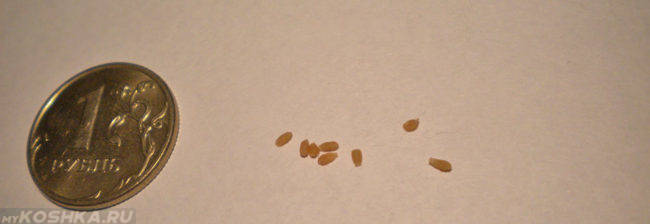
Helminth eggs cannot be recognized by the naked eye, they are microscopic in size.
They are diagnosed by special stool processing methods and subsequent microscopy; however, this is not practical, nor is it possible to determine the helminth species. It is recommended that preventive deworming be performed regularly, and the drugs that are designed for this purpose work on all types of helminths (with rare exceptions).
It is not rational because taking antihelmintic once every 3 months will not harm the animal, and if there is still an infestation – will only do good.
How to get rid of worms

It's possible to get infected without going out in the street. It's enough for the cat to eat raw "bad" fish
First of all, preventive deworming is necessary, especially if the owner wants to protect himself from worms, because worms can easily be transmitted to the person.
However, if it has not been carried out and there are symptoms of worm invasion, anthelmintics should be administered twice with an interval of about a week (the course can be changed depending on each individual case, as prescribed by the vet).
Repeated administration of anthelmintic is carried out so that individuals who have not yet reached sexual maturity in the first intake will reach it by the second intake. The preparations (for the most part) only work on sexually mature helminths that live in the intestine (larvae often choose a different habitat).
Exit of parasites with feces
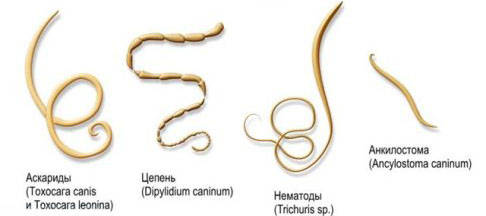
After giving an antihelminthic drug, there is a massive release of parasites with the feces, which should not be frightened. However, it is important to carefully clean the cat's litter box afterwards.
Anthelmintics exist in different forms. For small kittens, there are suspensions – the powder is diluted and given through a syringe without a needle in the mouth of the animal.
For adult cats, there are tablets that are crumbled in the food or given to the root of the tongue.
And there are also complex drops on the withers, which act both on fleas and helminthes.
Such complex drops are a very correct approach, since it is fleas that often carry helminths.
Video on the use of antihelmintic preparations
What to do if worms or their eggs are found in cat feces?
What to do if you find parasites in the feces or vomit of a pet? To begin with, do not panic, all intestinal infestations are treated. However, you should not forget about your own safety and prevention of infection. First, assess the pet's condition; if the pet looks weakened, dehydrated, or sick, treating it yourself may make the situation worse.
According to generally accepted recommendations, worming prevention is not recommended without the supervision of a veterinarian if the cat:
Worming prophylaxis is not recommended without first consulting a veterinarian if the pet's medical history is unknown or if the infestation is more than six months old.
The problem is that the large number of parasites that died at one time provoke severe intoxication. When dying, the worms secrete a lot of mucus, which is a foreign protein, to which the body responds with an allergic reaction, fever and the typical symptoms of poisoning.
Important! In kittens and young animals, one-step elimination of worms at critical infestation, can lead to clumping of dead parasites, intestinal blockage and even its perforation.
Treatment and prevention of worms
Treatment and prevention of worming diseases are carried out by the same drugs, or rather, the active ingredients. The only difference is that additional precautions or therapy may be required when treating a prolonged worm infestation. The composition of all drugs for worms is similar and usually includes two active ingredients.

The dosage form in the form of drops may have a complex property – to eliminate external and internal parasites. In this case, the composition of the drug will include a third active ingredient:
Important! Strictly follow the dosage of the drug and read the instructions carefully before use. Poisoning with prophylactic agents provokes additional intoxication, which is very detrimental to the heart, kidneys and liver.
If the drugs are used for prophylaxis, the algorithm of application, as follows:
- Tablets and suspension – given in the morning on an empty stomach, on the root of the tongue. If you can not give the medicine to the cat, it can be mixed with a small amount of food. The tablets are crushed into a powder beforehand.
- The drops are applied to the withers or nape of the neck at any time you like. Until the drops are fully absorbed (usually 2-4 hours), you should watch your pet to make sure he does not lick off the drug or use an Elizabethan collar.
Critical worm infestation requires extra precautions. Be sure to consult your veterinarian before beginning treatment. Most likely the animal will be given a shock, supportive therapy to prepare the body for the strain.
If there is a threat of occlusion or perforation of the intestines, an incomplete dose of the drug is used, after which the cat is given an adsorbent and a laxative. Such measures lead to only partial death of parasites, so the drug is repeated after 5-14 days.
Diagnosis of helminth infections in the veterinary clinic

First, the veterinarian analyzes the clinical symptoms. If worms in cats are suspected, tests are taken. The laboratory method is the main method of diagnosing parasitic diseases – it is simple and highly reliable. Biomaterial (most often feces, less often urine, secretion, tissue, muscle) is examined for the presence of worms, their eggs and larvae. The presence of the disease is indirectly indicated by a deviation in the level of eosinophils in the general blood test.
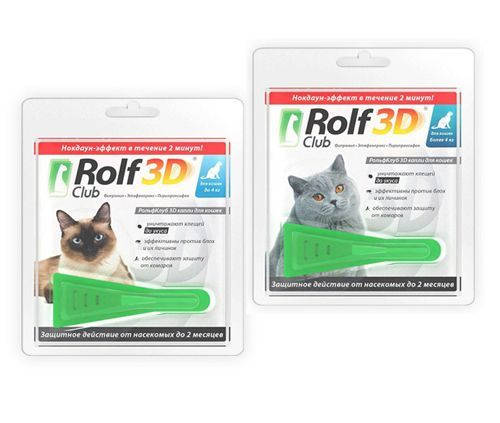
Sometimes ultrasound and serum biochemical examination are prescribed to exclude systemic diseases. X-rays may be necessary if the lungs are affected.
To confirm the diagnosis and obtain a more complete clinical picture, in some cases an enzyme immunoassay based on the presence of specific antibodies to different types of parasites in the animal's blood may be required. It helps to determine with high accuracy the type of pathogen, stage and intensity of the disease.
Treatment of the pet
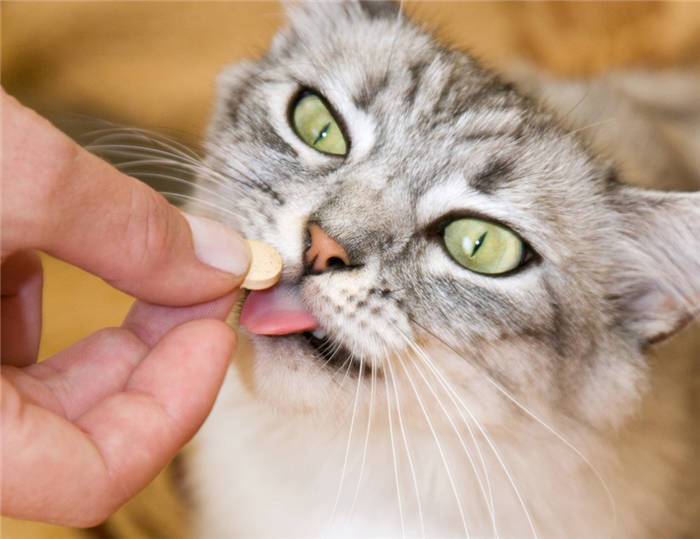
If the condition is satisfactory, the pet is treated at home. The main method of therapy is medication. There is a huge number of antihelminthic drugs on the market. They have a different range of effects and features of application, so the drug in each case is prescribed by the veterinarian, he also selects the scheme of treatment and dosage. As ancillary therapy you can use folk remedies, but only after consultation with the doctor. A balanced, nutrient-rich diet is essential for a speedy recovery.
Veterinary prescription medications, an overview of the most popular
Antihelminthic drugs are used to treat helminth infections in cats. Their composition includes different active substances, they differ in the spectrum of action (on a particular type of helminths or several at once), the method of action on the pathogen, the form of release (tablets, suspensions, drops on the withers, pastes, solutions for injection).

The most popular drugs used to treat parasitic infections in cats are listed in the table:
| Drug | Form of issue | Active substance | Spectrum of action |
| Prazitel | tablets, suspension | praziquantel, pyrantel pamoate | toxocarias, hookworms, echinococci, mesocestoides lineatus, uncinaria stenocephala, murrelet, swine, cucumber boar, broad tapeworm |
| Profender | drops on the withers | emodepsid, praziquantel | toxocarias, ankylostomas, echinococcus, cucumber, swine tetanus |
| Drontal | tablets | pyrantel embonate, praziquantel | toxocarias, ankylostomas, echinococcus, mesocestoides lineatus, cucumber, porcine, bovine tapeworms |
| Milbemax | tablets | milbemycin oxime, praziquantel | toxocarias, ankylostomas, echinococci, cucumber, bovine chain |
| Prazicide | tablets, suspension, drops on the withers | pyrantel pamoate, praziquantel, fenbendazole | Various types of nematodes, cestodes |
In what cases can you see worms in a cat?
If you suspect your pet has worms but can't find them, you'll have more success if you know where to look. Microscopic types of worms that live in a cat's organs or muscles cannot be detected at home.
Moreover, a veterinarian will perform a comprehensive examination, take a laboratory blood test and several stool samples to make such a diagnosis. Some parasites can only be detected after they have caused significant damage to certain organs.
In the case of infestation with common intestinal parasites, their presence can be detected by symptoms:
- Apathy, decreased activity, restless sleep.
- Avitaminosis, loss of weight against a normal diet, perversion or a sharp decrease in appetite.
- Active secretion of saliva and hyperactive mucous membranes.
- Anemicity of the mucous membranes.
- Anemia.
- Alternating diarrhea and constipation.
- Diarrhea with large amounts of mucus and blood inclusions.
- Significant deterioration in the quality of hair and skin.
- Bloated abdomen, pain in the peritoneum or subcostal area.
Against the background of the above symptoms, which persist or intensify, parasites may begin to emerge from the cat's body. It is important to understand that an infected animal is a carrier of worm eggs. However, the eggs of almost all helminth species are very small and indistinguishable visually.
In most cases, if you see worms coming out of the cat's body, the infestation has already reached a critical level and the animal needs urgent care.
Pay attention! If you suspect worm infestation, but do not see traces of parasites, the most reliable way to make a diagnosis is a laboratory fecal analysis.
How to treat worms in a cat
How to treat worms in a cat, so as not to cause more harm? The best way to prevent problems is regular prevention. If the cat receives anthelmintics once every 3-4 months, the worming infestation will not reach critical proportions and the health of the animal will not be threatened.
What to do if you picked up a kitten from the street, bought it at the bird market or want to give anthelmintics to a cat with an unknown history? Naturally, it is best to consult a veterinarian, who will examine the animal and determine its condition at the moment.
All anthelmintics are not recommended for use if the cat:
The next nuance is to clearly define the purpose of prophylaxis. If a cat is infested with parasites that sit in organs and muscles, the thoughtless use of anthelmintics is likely to cause the animal to deteriorate or even die.
Treatment of worms that parasitize in the heart, liver, pancreas, spleen, eyes, brain and spinal cord requires a comprehensive approach, and sometimes surgery.
If it is an infestation of intestinal parasites, therapy can be carried out at home.
Anthelmintics are divided according to the type of dosage form:
- Tablets – given in the morning, on an empty stomach.
- Suspensions are given as tablets, but they have a sweet taste and are easier to dose.
- Drops are applied to the skin of the withers or nape of the neck at your convenience. The advantage of the drops is that most of them have a complex effect, destroying internal and external parasites.
In critical worm infestation, after 2-4 hours (depending on the active substances of the drug) the cat is given adsorbing agents. After another 30-40 minutes they give a laxative. This approach reduces the therapeutic effectiveness of anthelmintic preparations, but helps prevent blockage of the intestine and a sharp increase in intoxication.
What to treat worms in cats?
Therapy consists in the destruction of adults and larvae, symptomatic treatment, elimination of intoxication. Drugs against worms are available in the form of suspension, tablets (Milbemax), pastes (Dirofen), drops on the worms.
Cats are not given preparations for humans, drugs are bought at veterinary pharmacy, after the doctor establishes the diagnosis and gives the appropriate prescription.
- Once, in the morning on an empty stomach.
- Re-take on day 10-14.
- Together with deworming eliminate external parasites (fleas, ticks, etc.).
- Compulsory giving 10 days before vaccination, before mating.
- Do not give medication to kittens under 3 weeks of age, sick, weakened animals.
Prophylactic deworming of the cat owner and family members is recommended, many parasites are dangerous to humans.
Folk remedies and prevention
Traditional means against worming in cats have side effects, but folk remedies are not welcomed by veterinarians. This is due to the unproven therapeutic effect and increased activity of parasites. As a result, worms begin to migrate through the body creating discomfort and increased trauma to internal organs.
Prophylaxis at home consists in giving antihelminthic drugs, adults every 3-4 months, with mandatory treatment against fleas. In cats under one year of age the frequency of medication is associated with vaccination. What to give cats for worming – tell the veterinarian! Feeding raw meat and fish is not prohibited, but with this type of feeding worm prevention is mandatory.
How to prevent the cat from getting infected?
- Get rid of fleas and use anti-flea medication such as a flea collar
- don't give raw fish or meat to the cat
- Change the litter box litter box regularly
- keep your shoes and outwear out of the cat's reach.
Pictures of worms in cats

